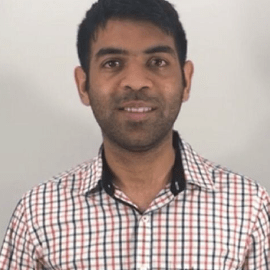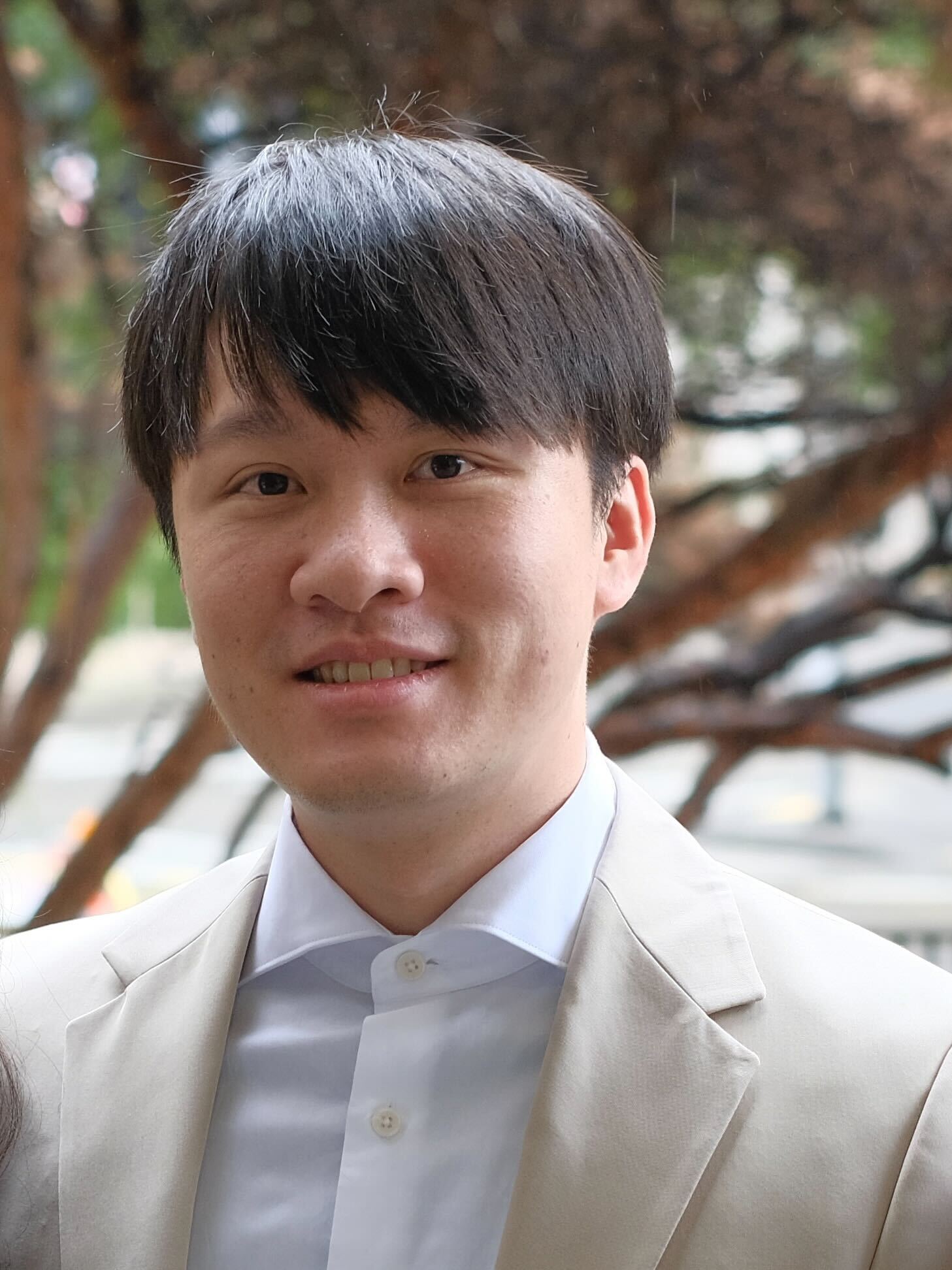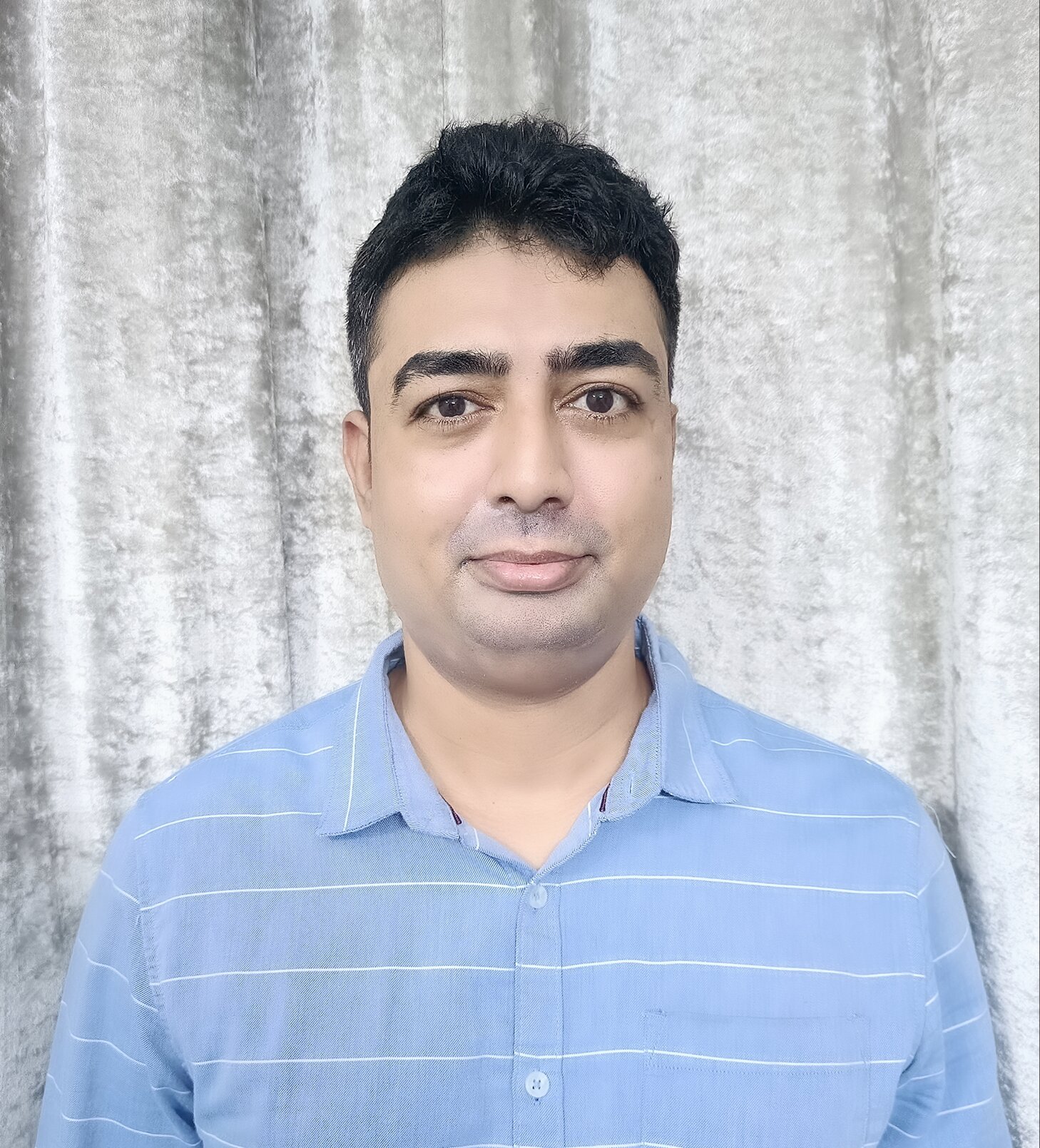BattETL provides a seamless way to import batch data into a database for in-depth analysis. It plays a crucial role in data preprocessing, ensuring that data is
What is BattDaaS?
BattDaaS is a vital component of BattStudio, a comprehensive data service that forms the foundation for data-driven battery research and development. Explore the features and architecture of BattDaaS here:
BattETL Batch Data Ingestion
Seamlessly import batch data for in-depth analysis.
BattETL-RT Real-Time Data Ingestion
Experience real-time insights through instant data ingestion.
BattDB Time Series Relational Database
Store and manage your battery data efficiently with our specialized database.
BattMon Instantaneous Alerting & Data Visualization
Stay informed with real-time alerts and visualize your data for actionable insights.
BattETL (Batch Data Ingestion)
properly structured, harmonized and made ready for further exploration. The architecture diagram above illustrates how BattETL processes and ingests batch data:
Data from various sources is collected and ingested via the BattETL component.
The data undergoes processing, which includes cleaning, transformation, validation & harmonization.
Processed data is then stored in the BattDB for later analysis.
BattETL-RT (Real-Time Data Ingestion)
BattETL-RT offers real-time insights by facilitating instant data ingestion from battery systems. This allows researchers and developers to monitor battery behavior as it happens.
The architecture diagram above outlines how BattETL-RT enables real-time data ingestion:
Battery systems continuously send real-time data to the BattETL-RT component.
The data is quickly processed and stored in BattDB for immediate analysis and visualization.
Researchers can gain insights into battery performance and behavior in real time.
Support for other cyclers and devices added periodically.
BattDB (Time Series Relational Database)
BattDB is the heart of BattDaaS, providing a specialized time series relational database designed to efficiently store and manage battery data. The architecture diagram above depicts how BattDB operates.
Batch and real-time data processed by BattETL and BattETL-RT are stored in BattDB.
Researchers and developers can query the database to retrieve specific data sets.
The stored data can be used for analysis, visualization, and research.
BattMon (Instantaneous Alerting & Data Visualization)
BattMon enhances the quality of data-driven analyses by providing real-time alerts and data visualization. The architecture diagram above showcases how BattMon ensures you’re always informed and equipped with actionable insights:
Data stored in BattDB is continuously monitored by BattMon for anomalies and patterns.
When specific conditions are met, instant alerts are generated to notify relevant parties.
Data visualization tools provide graphical representations of battery behavior and performance.
BattDaaS forms a critical component of BattStudio, empowering battery researchers and developers with powerful data-driven capabilities.
From batch data analysis to real-time insights and comprehensive data management, BattDaaS ensures that your battery R&D projects are fueled by accurate, accessible, and actionable data.

For any inquiries or assistance related to BattDaaS
Venkat Subramanian
CTO, Chief Scientific Advisor, and Co-Founder
Prof. Venkat Subramanian is currently the Ernest Dashiell Cockrell II Professor of Mechanical & Material Science Engineering at the University of Texas, Austin.
His research interests include energy systems engineering, electrochemical engineering, computationally efficient algorithms for state-of-charge (SOC) and state-of-health (SOH) estimation of lithium-ion batteries, multiscale simulation, and design of energetic materials, kinetic Monte Carlo methods, model-based battery management system for electric transportation, and renewable microgrids and nonlinear model predictive control. Prof. Subramanian was awarded the Dean’s award for excellence in graduate study in 2001 for his doctoral research.
He is a Fellow of the Electrochemical Society and a past Technical Editor of the Journal of the Electrochemical Society. He was also the chair of the IEEE Division of the Electrochemical Society. His codes for Lithium-ion batteries are the fastest reported in the literature and his algorithm for solving index 1 nonlinear DAEs is the most robust compared to any other algorithm reported as of today.
Prof. Subramanian received his B.Tech. degree in Chemical and Electrochemical Engineering from the Central Electrochemical Research Institute (CECRI), Karaikudi, India, in 1997 and the Ph.D. degree in Chemical Engineering from the University of South Carolina, Columbia, SC, USA, in 2001.
Manan Pathak
CEO and Co-Founder
Dr. Manan Pathak is the Chief Executive Officer and co-founder of BattGenie.
He earned his PhD at the University of Washington, where he obtained his graduate thesis on model-based Battery Management Systems. He has 7+ peer-reviewed publications with over 300 citations, and extensive experience with physics-based battery models, numerical methods and derivation of optimal charging profiles.
Chintan Pathak
CPO and Co-Founder
Dr. Chintan Pathak is the Chief Product Officer and co-founder of BattGenie.
He earned his PhD from the University of Washington and he obtained his graduate thesis on optimal locations of battery charging stations in the state of Washington. He has over 13 years of experience in software engineering and embedded systems.
Akshay Subramaniam
Battery Modeling Scientist
Akshay Subramaniam leads electrochemical model development and identification tasks at BattGenie. He also contributes towards BMS algorithm development and validation, and helps maintain our models, databases, and testing pipelines. He received his Ph.D. from the University of Washington during which he gained extensive experience in the development of control-oriented electrochemical models. He has 10+ peer-reviewed publications and is proficient in several aspects of battery systems engineering including numerical simulation techniques, optimization for design and fast charging, parameter estimation, and battery data analysis.
Taejin Jang
Battery Simulation Scientist
Dr. Taejin Jang is a Battery Simulation Scientist at BattGenie. Dr. Jang received his Ph.D in Materials Science from University of Texas at Austin and an MS in Chemical Engineering from UW. He also has BS and MS degrees in Materials Science & Chemical Engineering from Yokohama National University in Japan. He spent three years in the automotive devices industry at Samsung Electronics. He has 7+ years’ experience in battery modeling and simulation, encompassing Li-ion and next-generation batteries.
Bing Syuan Wang
Senior Battery Software and Data Engineer
Bing Syuan Wang is the Senior Battery Software and Data Engineer at BattGenie.
He earned his Masters in Electrical Engineering from the University of Washington. He has over 6 years’ experience in software engineering and in working with battery data.
Aditya Parsai
Fullstack Software Engineer
Aditya Parsai is a Fullstack Software Engineer at BattGenie. He graduated in Civil Engineering from IIT(BHU). With 8 years’ experience, he contributes to helping businesses succeed in the digital space by staying attuned to the evolving tech landscape. His work spans from front-end development to back-end system engineering, ensuring smooth integration and functionality. He recognizes the importance of storytelling and is adept in translating complex ideas into user-friendly interfaces to enhance user experiences.







